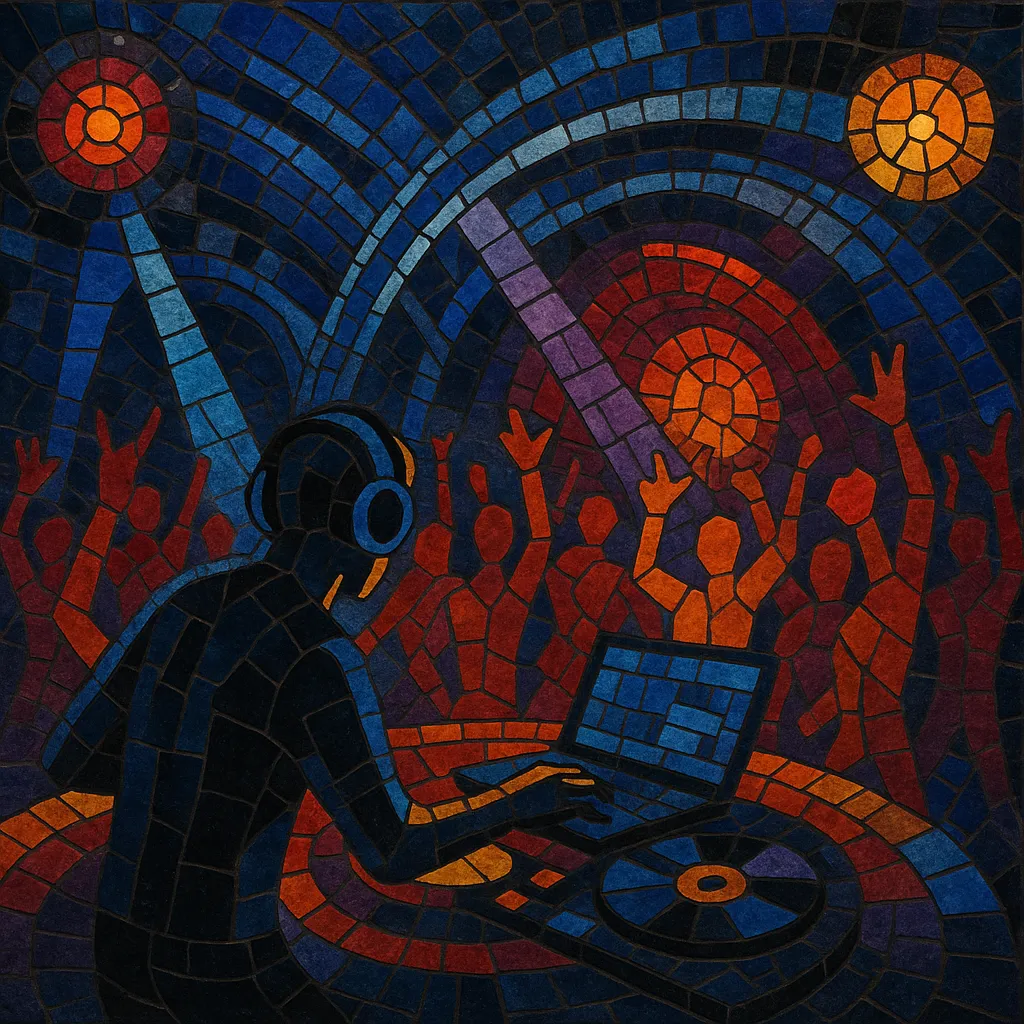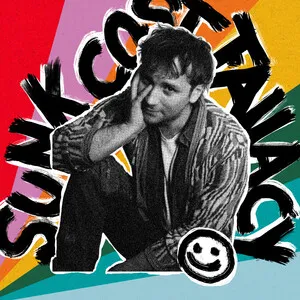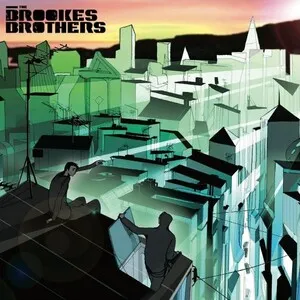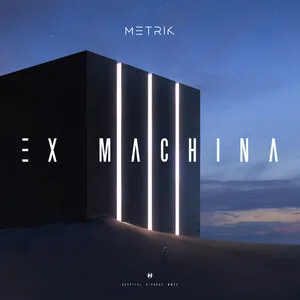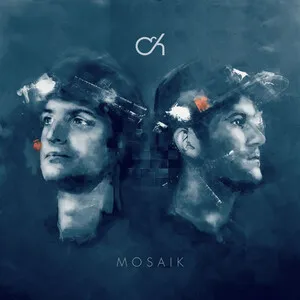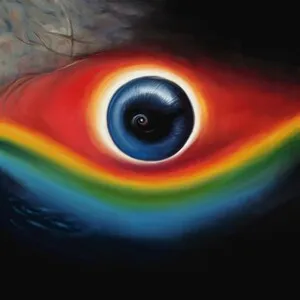Dancefloor drum and bass is a high-energy, club-focused branch of drum and bass tailored for peak-time play and big-room impact.
It emphasizes crisp, punchy drums at 170–174 BPM, bold and memorable bass hooks (from Reese lines to foghorns and modern neuro-inspired leads), and clear, festival-ready arrangements with big builds and explosive drops. Compared to more niche or experimental DnB strands, dancefloor DnB prioritizes immediacy, strong hooks, and DJ-friendly phrasing while retaining the genre’s core rhythmic intensity.
Sonically it draws from jungle’s breakbeat DNA, techstep and neurofunk’s sound-design rigor, and the melodic lift of liquid funk, often incorporating pop-leaning toplines or anthemic synth leads to reach broad audiences.
Dancefloor drum and bass grows out of the UK’s jungle and early drum and bass scenes in the mid-to-late 1990s. Jungle’s chopped breakbeats and rave culture provided the rhythmic and cultural foundation, while techstep and hardstep pushed a tougher, club-optimized sound that favored precision, weight, and dark-room impact.
During the 2000s, labels and artists began steering DnB toward clear, anthemic arrangements suitable for big clubs and festivals. The RAM, Hospital, Breakbeat Kaos, and Viper camps, among others, helped codify a style that married slick engineering with memorable bass motifs and accessible melodies—leading to tracks that worked equally well on specialist dancefloors and mainstream stages.
The 2010s saw dancefloor DnB thrive on large festival systems and crossover charts. Artists blended neurofunk sound design with pop-adjacent hooks, pushing a polished, radio-ready strain without losing the genre’s pace and punch. This period cemented the style as the go-to DnB flavor for peak-time DJ sets.
Contemporary dancefloor DnB remains a global club staple. It coexists with deeper and more experimental shades, yet continues to dominate main stages through streamlined structures, powerful bass design, and crowd-pleasing motifs, while regularly interfacing with adjacent EDM scenes.

